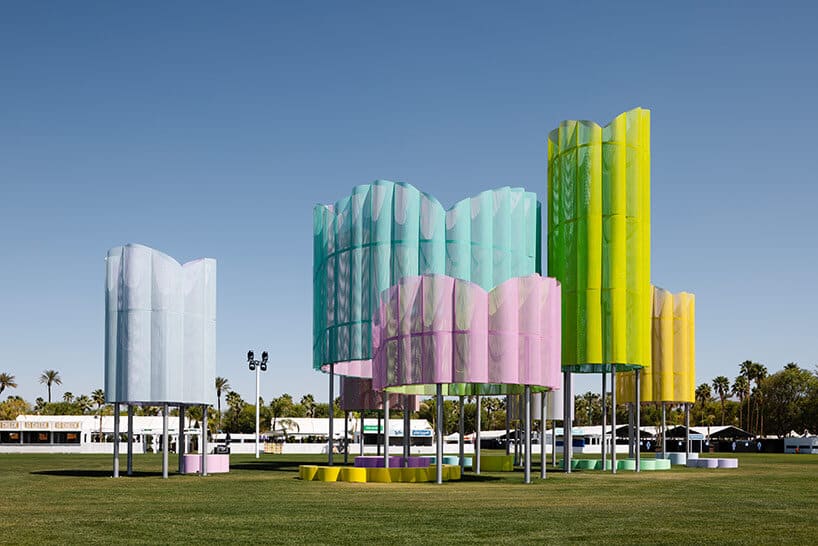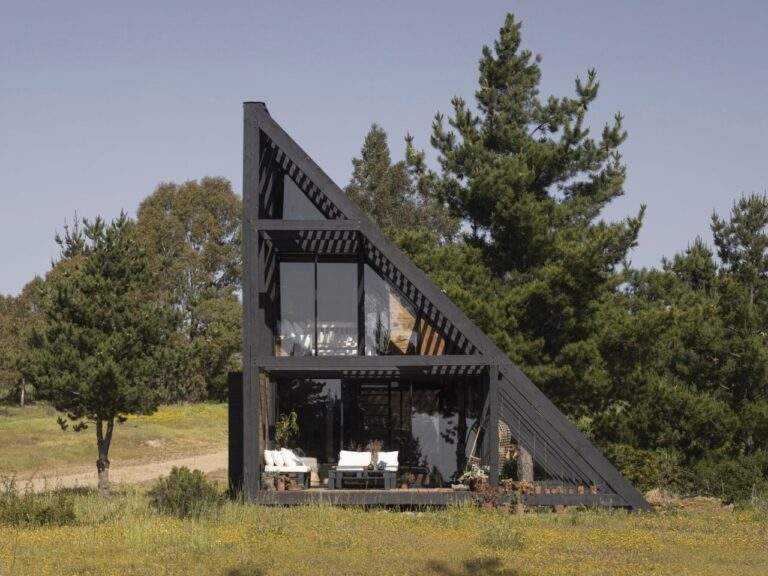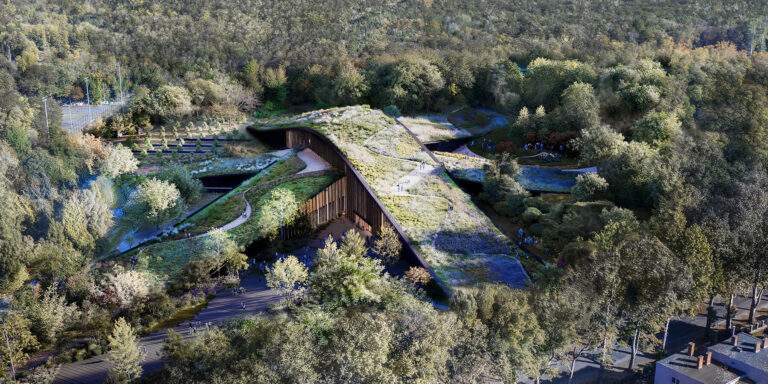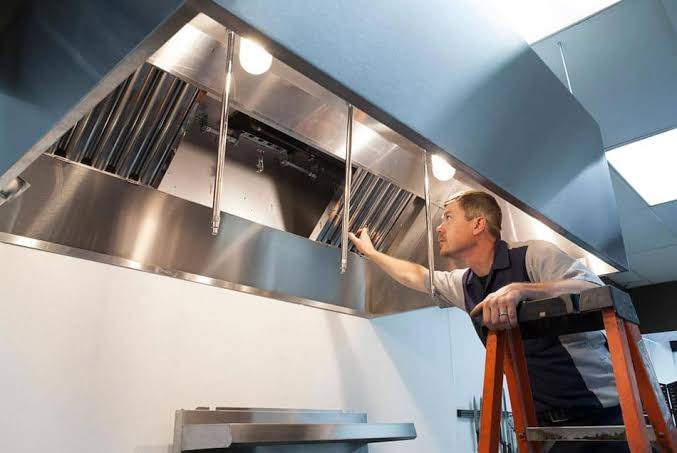The Coachella Valley Music and Arts Festival has long been a platform for showcasing groundbreaking art alongside its music performances. In 2025, the festival takes a bold step forward by exploring themes of movement, illusion, and ephemerality in its art installations.This article explores how artists incorporate these elements into the festival’s artistic vision. We’ll delve into the standout installations that embody motion and interaction, highlight efforts to integrate sustainability into their design, and discuss how these works respond to the unique challenges of the desert environment. The piece concludes with a FAQ section addressing common questions and a summary table outlining the key points.

Main Points Covered
- Focus on movement and interaction in the artworks.
- Highlights of notable installations at Coachella 2025.
- Sustainability practices in the creation of these installations.
- The relationship between art and the desert environment.
- A FAQ section and a summary table for quick reference.
Movement and Illusion: The Heart of the Artistic Experience
At Coachella 2025, artists design many art installations to engage visitors through movement and visual effects. Unlike static sculptures, these works actively shift in response to natural elements like wind and sunlight or feature lighting systems that change throughout the day. This approach highlights “ephemeral art,” where each visitor experiences a fleeting and unique moment that lasts only for the festival’s duration.
For example, some installations sway gently with the wind, while others glow softly in changing colors as night falls. These dynamic features not only captivate the audience but also invite them to interact with the art in a personal way.

Notable Installations at Coachella 2025
1. Wind-Powered Towers
One of the standout installations features a series of large towers made from lightweight materials and covered with layered mesh. As the wind moves through them, these towers create mesmerizing light patterns known as moiré effects. These patterns appear and disappear with each gust of wind, offering a constantly evolving visual experience for viewers.
2. Giant Glowing Flowers
Another highlight is a surreal garden of oversized inflatable flowers that glow from within. During the day, these towering blossoms provide shade for festivalgoers, while at night they transform into radiant sculptures. The interplay of light and shadow makes the flowers seem almost weightless, floating above the desert floor.
3. Turbines Inspired by Early Flight
A third installation draws inspiration from 19th-century flying machines, featuring massive turbines that spin slowly in the breeze. By day, these structures resemble mechanical relics, but at night they become ghostly, illuminated forms. This duality captures the beauty of human ambition, even when success remains elusive.

Sustainability: Ensuring Long-Term Impact
While many of these installations are temporary, significant effort goes into making them environmentally sustainable. Designers create modular and recyclable installations, enabling teams to reuse or repurpose components after the festival ends. Artists relocate some installations to serve as permanent public art, while teams carefully dismantle others, recycling or salvaging their materials.
According to official sources, the focus on sustainability aims to minimize the environmental footprint of large-scale art projects. Practical steps include using recyclable materials and designing structures that can be easily disassembled.
“We are exploring modular strategies to ensure that artworks can continue to thrive beyond the festival.”
Source: Official statement from the Coachella art team.
Art in the Desert: Challenges and Solutions
Creating art in California’s Colorado Desert presents unique challenges, including extreme heat, strong winds, and shifting sands. To address these issues, materials are carefully selected for durability, and designs are adapted to work with, rather than against, the harsh environment. For instance, some installations harness the power of the wind to create movement, turning a potential obstacle into an integral part of the artwork.

FAQ Section
1. What’s different about the art at Coachella 2025 compared to previous years?
The main difference is the emphasis on movement, illusion, and ephemerality, creating a more interactive and transient experience.
2. Can these installations be reused after the festival?
Yes, many installations are designed to be modular, allowing them to be relocated or recycled.
3. How do artists deal with the challenges of the desert environment?
Materials are chosen for durability, and designs are adapted to work with the natural conditions, such as wind and heat.
4. Are visitors encouraged to interact with the art?
Absolutely. Many installations are specifically designed to encourage physical and visual engagement.
Summary Table: Key Points
| Topic | Description |
|---|---|
| Movement and Illusion | Focus on dynamic art that responds to natural elements like wind and light. |
| Notable Installations | Wind-powered towers, glowing flowers, and spinning turbines inspired by flight. |
| Sustainability | Modular designs allow for reuse or recycling of materials post-festival. |
| Desert Challenges | Adaptation to extreme conditions using durable materials and smart design. |
| Visitor Interaction | Encouragement of hands-on engagement with moving and glowing art pieces. |
In Conclusion , Coachella 2025 stands out as a celebration of art that moves, glows, and fades, all while respecting the natural environment. By emphasizing movement, illusion, and sustainability, the festival offers an innovative and immersive experience that pushes the boundaries of traditional art forms.







